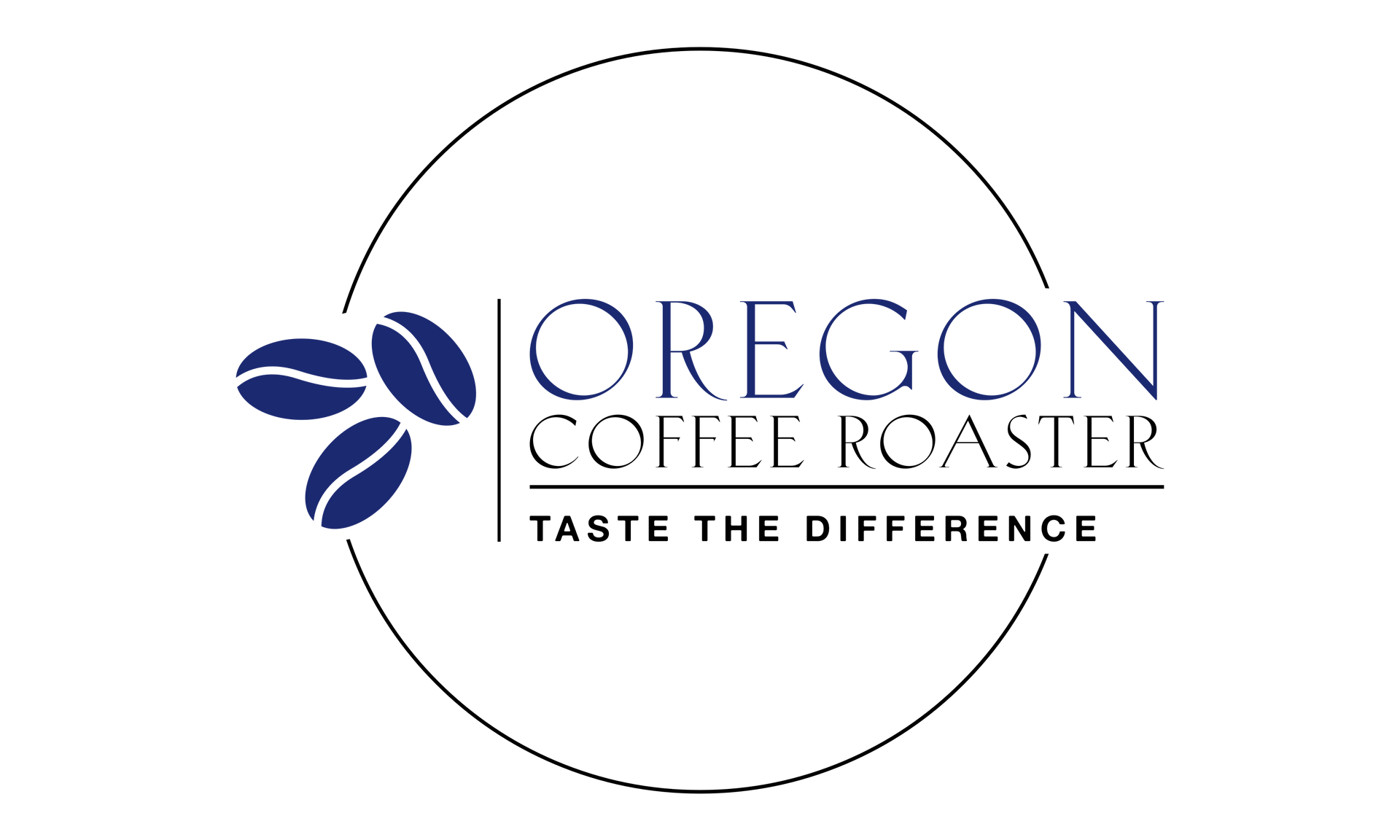Hot Air Roasting
Hot Air Roasting
Around 13% of coffee in the world is roasted with the hot air method that Oregon Coffee Roaster uses. The Sivetz hot air roaster allows each bean to develop its naturally distinctive flavor without the smoke and tar contamination that occurs in many roasters. You will gain confidence as you try new coffees and note the subtle differences, especially when you keep returning for more!
Flavor Factors
Flavor Factors
Few people realize that the manner of roasting has a great deal of influence on the taste of the final roasted beans. For example, due to their high operating temperatures (over 800 degrees F), rotary steel cylinder roasters which are traditional in the trade, cause scorching of the beans and oil to release. This oil can coat all the beans and smoke from burning chaff fumigates the beans, giving them a harsh, biting, and (in dark roast) a burnt taste which is "dirty."

The use of filter paper helps remove some of this biting taste. However it is far better not to scorch or burn the beans. In order to avoid this scorching and non-uniform roasting of coffee beans, engineer Mike Sivetz developed a fluid bed "once-thru-air" coffee bean roasting machine that produces a clean, "tar-free", non-biting, smooth tasting beverage. It has been a wild success since 1975!
Further, the Sivetz fluid bed roaster with its thermal bean sensor is the only roaster that can measure true bean temperature because the probe is in a stationary box containing the fluid bed of beans. This accuracy cannot be directly achieved by rotary cylinder machines due to the pure mechanical difficulty of probing a moving mass. You are truly receiving the best possible product available in the market today.*
*Used with permission, excerpts from "Coffee Quality" by Michael Sivetz, 1987., pp 35 & 36, Sivetz Coffee Inc., 349 SW 4th Street, Corvallis, OR 97331.
